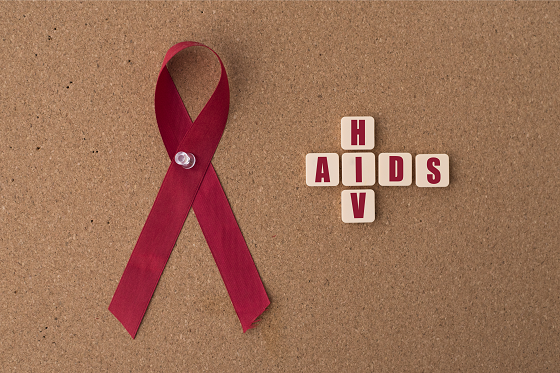
How does a person develop AIDS?
In the early ’90s, many people died due to AIDS-related complications. Thanks to the wonderful innovations in the world of science and medicine, a lot of people are on life-saving Antiretroviral therapy (ARVs).
While these are great news! We cannot rule out that AIDS is still a threat due to, in part, poor adherence to HIV treatment and lack of testing.
So, what does AIDS stand for? Simply, AIDS = Acquired Immunodeficiency Syndrome.
AIDS refers to a number of potentially life-threatening infections and illnesses that occur when your body’s ability to fight diseases and illnesses has been severely damaged by the HIV virus.
How does one get AIDS?
If left untreated, HIV can lead to AIDS. This means that AIDS is the most advanced stage of HIV. Many people will develop signs of AIDS within 8 to 10 years after HIV infection. The length of time can vary widely among individuals. For some people the period can be up to 15 years, sometimes longer, sometimes sooner.
When you have AIDS, your body’s ability to fight diseases is severely damaged. This means that the body is likely to be exposed to and develop opportunistic infections that can be easily treated in people with healthy immune systems.
Things to keep in mind:
- If you suspect that you may have been infected with HIV or are at risk of contracting the virus, go to the hospital as soon as possible.
- If you are at a higher risk of getting HIV, regular testing is recommended as well as the use of preventive options such as PEP.
- While HIV does not have a cure, Antiretroviral therapy (ARVs) can help people with HIV lead long, healthy lives. ARVs can prevent the progression to AIDS by decreasing the viral load in an infected body.
